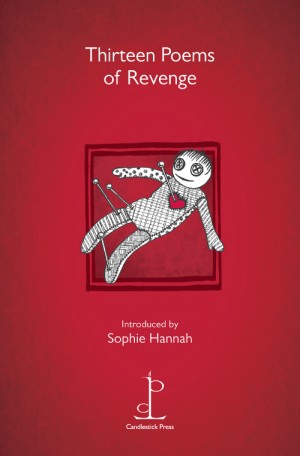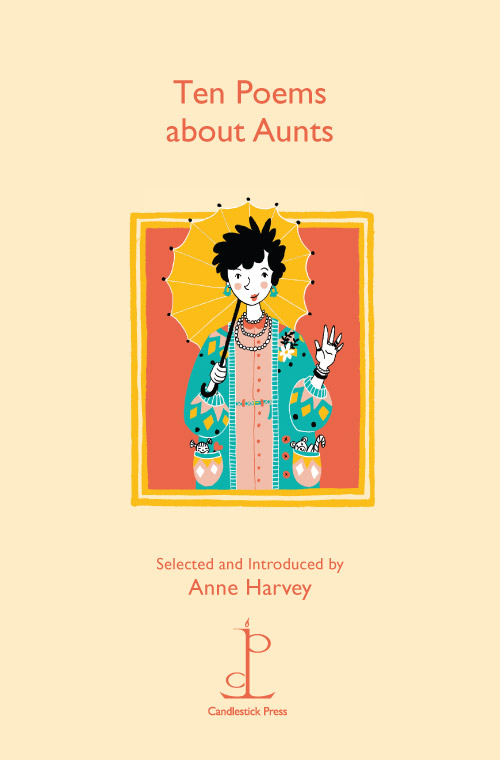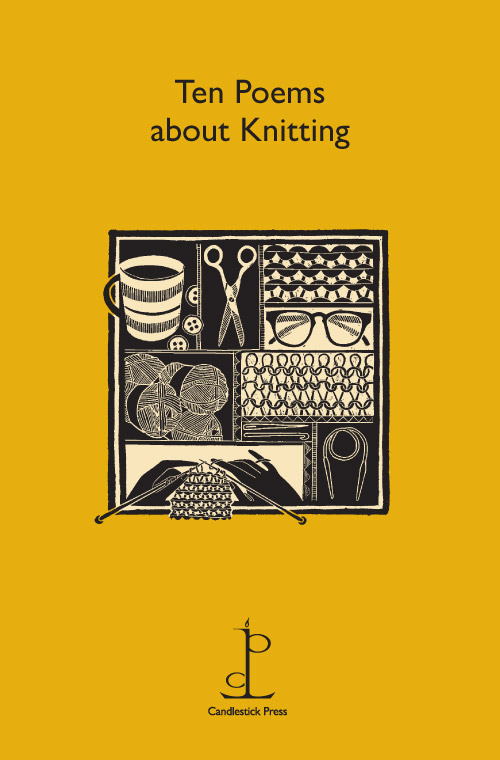Thirteen Poems of Revenge introduced by Sophie Hannah
– Reviewed by James O’Leary –
Thirteen Poems of Revenge is a small staple bound pamphlet, visually inviting and well crafted. The deep red cover has a striking central image of an ink-drawn rag doll, smiling, spiked with sewing pins. The simplicity of design fits the simplicity of intention: to offer thirteen poems by thirteen writers on the theme of revenge. It is prefaced with rhymed quatrains from Wendy Cope, Harry Graham, and Dorothy Parker, contained beautifully by form and setting a tone of real fun and vicious wit.
Sophie Hannah states in her introduction “Revenge is a dish best never served at all, but merely fantasied about.” There is great potential to access something both universally relatable and potentially taboo, but the select body of work here is hit and miss. When writing an invective poem, one is walking a line between personal catharsis and controlled craft, and too many of these poems feel like exercises in axe grinding.
“Curse of a boyfriend scorned” by Jack Powers, the first poem in the collection, reads like an incantation. It draws on the age-old idea that angry words could have real-world effects, that a curse might invoke supernatural power to inflict harm. Unfortunately, the poem doesn’t go beyond a list of ill-wishes. There is anger, but no moment of revelation or change. The same could be said for many other poems in the collection: they bare their teeth but not much else.
On the other hand, “Spite” by Stephen Dobyns has all of the playfulness and wrath expected of a revenge poem, but with a shocking turning point in the third stanza, giving the poem a core and elevating it to more than the sum of its parts. It bares it’s teeth and then bites.
“Ties” by Gill Learner is another strong poem. Deft use of imagery and sound underscores emotion, with a compelling turning point near the end. Then there’s the specificity of language, particularity of items described and fluidity of the lines all helping to deliver anger. The similes used are apt, and reveal the speaker’s state of mind. Poetic devices are expertly handled: it is a masterclass in ‘show, don’t tell.’
I grip the scissors, slip the lower blade
inside the silky point and press until
my arm is fully stretched. Threads part,
warp and weft in one long sweep,
facings and linings lie revealed.
A range of voices and tones help to keep the central theme of the pamphlet engaging, and it’s fun to move from free-verse to strict rhyming forms. This is a well priced, well produced pamphlet with a few exceptional poems. However, I feel that the impact could have been so much stronger, had just a few more subversive pieces been used in place of the weaker links.





